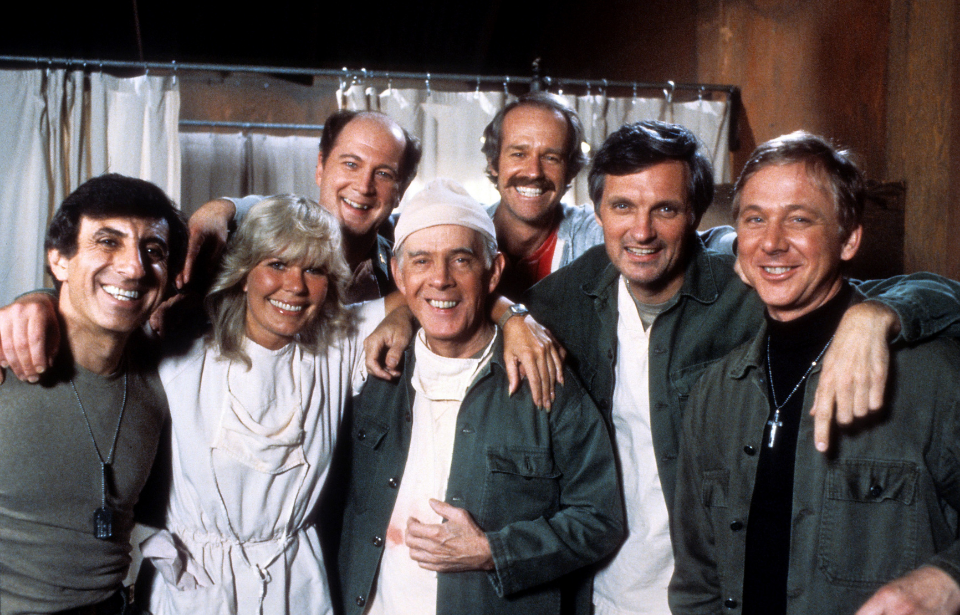The popular television show M*A*S*H (1972-83) was the result of a collaboration between former military surgeon H. Richard Hornberger and writer W.C. Heinz, to create an on-screen adaptation of the novel, MASH: A Novel About Three Army Doctors. The book focuses on a US Mobile Army Surgical Hospital during the Korean War; “MASH” is an acronym for such facilities.
Hornberger, who’d served with the 8055th Mobile Army Surgical Hospital, drew upon his own experiences. Published in 1968, the novel also inspired the 1970 film, M*A*S*H. Two years later, it was adapted for TV, and, before long, it was one of the most popular series in all of America.
M*A*S*H ran for longer than the Korean War
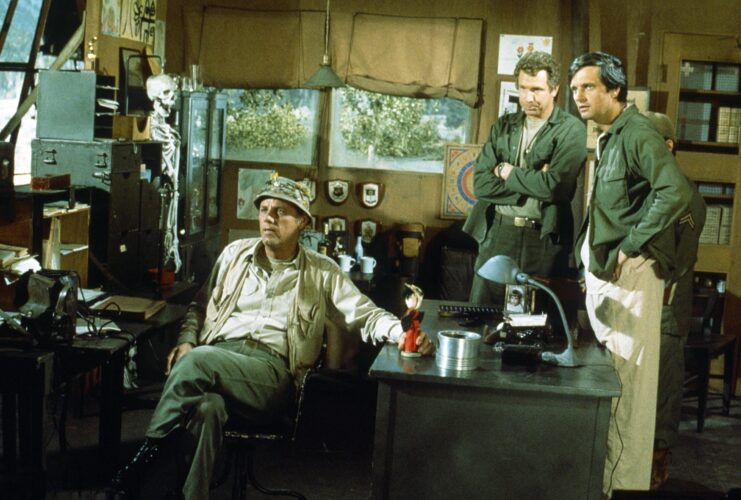
M*A*S*H aired for 11 years, from September 1972 until February ’83. The Korean War lasted just over three years, meaning the characters in the series spent 11 years serving in a three-year conflict.
CBS wanted canned laughter, production didn’t
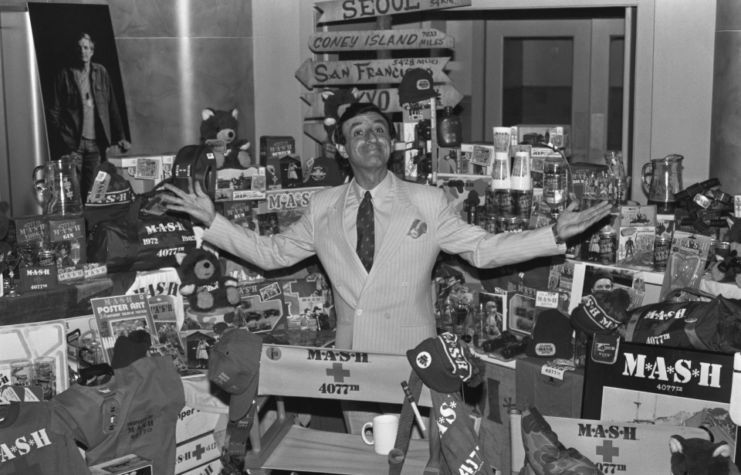
M*A*S*H creator Larry Gelbart and executive producer Gene Reynolds were both against the use of canned laughter (also known as a laugh track) in the series. However, CBS, wanted it – and that decision was final. However, the pair were able to slowly reduce the amount as the show went on.
Many of the actors actually served in the US military
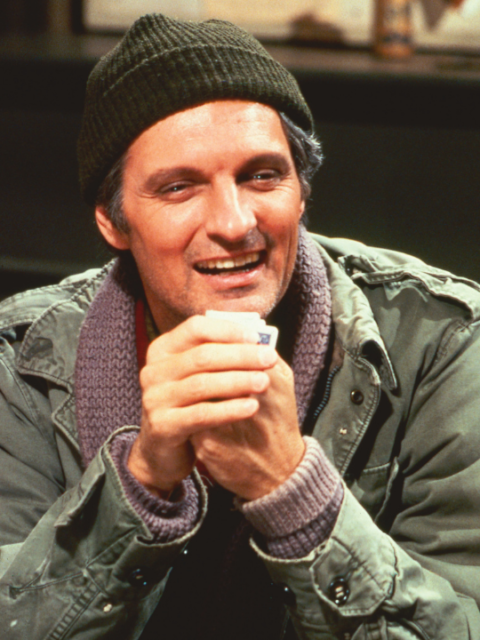
Several of the actors who appeared in M*A*S*H actually served in the US military.
After studying theater in college, Alan Alda, who portrayed Capt. Benjamin “Hawkeye” Pierce, joined the US Army Reserve and spent six months as an artillery gunnery officer while the Korean War raged on. Wayne Rogers (Capt. John “Trapper” McIntyre) had previously served in the US Navy as a navigator aboard the USS Denebola (AF-56), and Mike Farrell (Capt. B.J. Hunnicutt) was active in the US Marine Corps from 1957-59.
On top of this, Jamie Farr worked with the American Forces Network (AFN)!
Larry Gelbart took two days to write the first episode… And $25,000
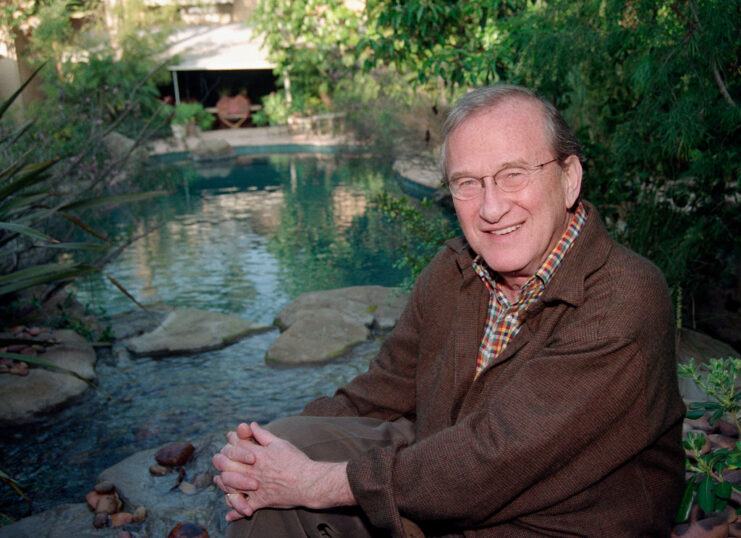
When he was approached to write the pilot episode for M*A*S*H, Larry Gelbart was living in London, United Kingdom, after having become disillusioned with Hollywood life. However, when he was offered the chance to adapt the 1970 movie into a TV series, he jumped at the chance.
The $25,000 pay check probably helped him make his mind up.
Radar’s teddy bear sold at auction for $11,500
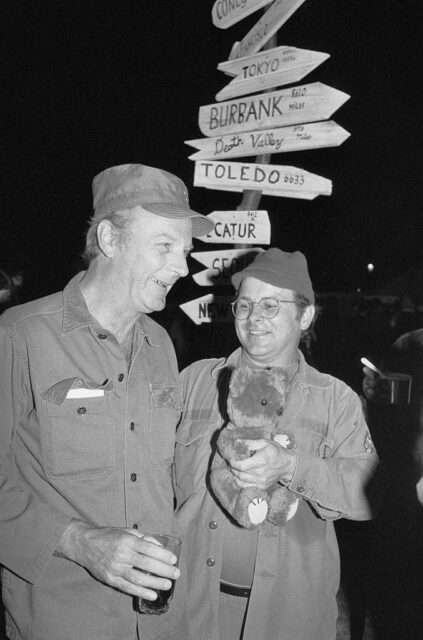
Gary Burghoff’s character, 2nd Lt. Walter Eugene “Radar” O’Reilly, was known to sleep with his teddy bear throughout the show, to symbolize his youth and innocence. Decades after M*A*S*H came to an end, the actor assumed the toy was long lost.
However, it popped up at an auction in 2005. A medical student purchased the bear for $11,500, before selling it to Burghoff.
Writers struggled to make up new names for characters
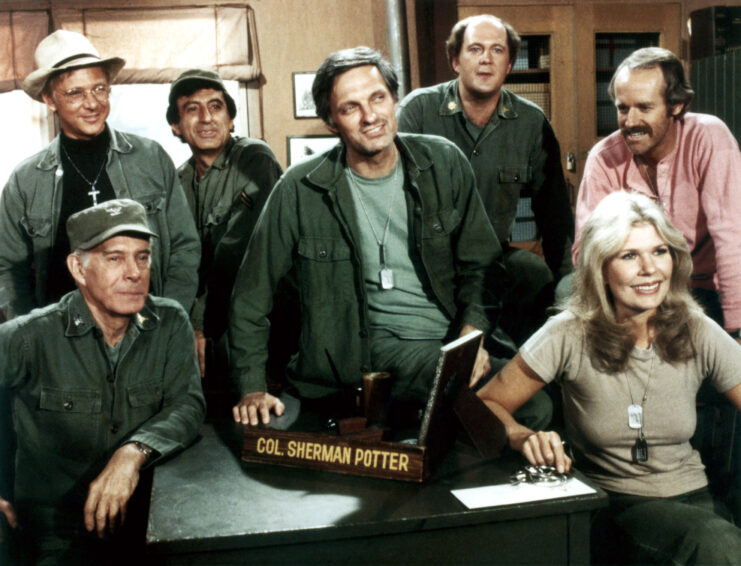
Creating names that are memorable and suit a character is notoriously hard in TV and cinema. The writers on M*A*S*H were no strangers to this, as they had to give monikers to the many patients the doctors treated on the show.
In season seven, they simply used the names of the 1978 Los Angeles Dodgers baseball team roster. By the end, they were using the names of coaches and even Dodgers’ owner, Walter O’Malley. Writer Ken Levine also used the titles of former girlfriends for characters, like Patty Haven in the episode, “Goodbye Radar.”
How many people tuned in to the series finale?!
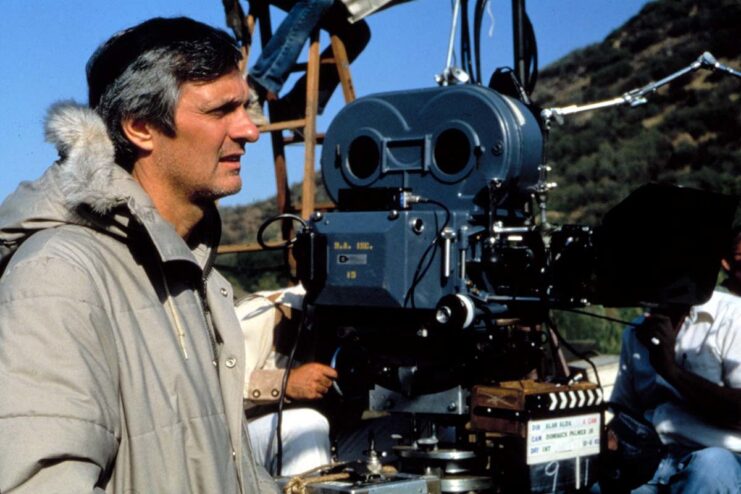
Over 121.6 million Americans tuned in to watch all or part of the M*A*S*H finale, “Goodbye, Farewell and Amen,” which aired on February 28, 1983. That’s a wee bit over 50 percent of the population of the United States in 1983, and 77 percent of all Americans watching TV that night.
M*A*S*H had become so popular that, by its end, a 30-second commercial slot cost $450,000, compared to “just” $30,000 when the show started 11 years earlier.
Pushback from CBS
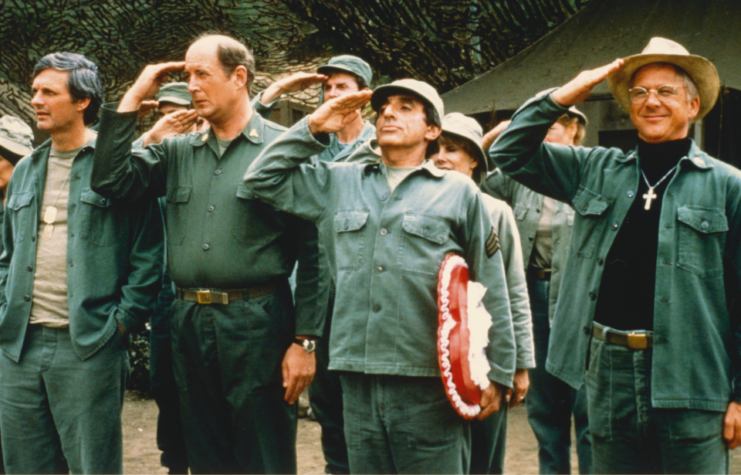
Part of Larry Gelbart’s goal with M*A*S*H was to not overly glorify war, but the network wasn’t on board with this. After some research into MASH units during the Korean War, he discovered a rather commonplace practice used by servicemen in an attempt to get a ticket home. They’d stand out in the freezing cold Korean weather, in the hopes of getting sick, so they’d be sent home.
More from us: Lee Marvin: The Hollywood ‘Tough Guy’ Who Earned His Stripes In the Pacific Theater
Want to become a trivia master? Sign up for our War History Fact of the Day newsletter!
The writers wanted to replicate this, but they were stopped by CBS. The network also completely rejected an episode that featured “Hawkeye” having an affair with two nurses at the same time.
